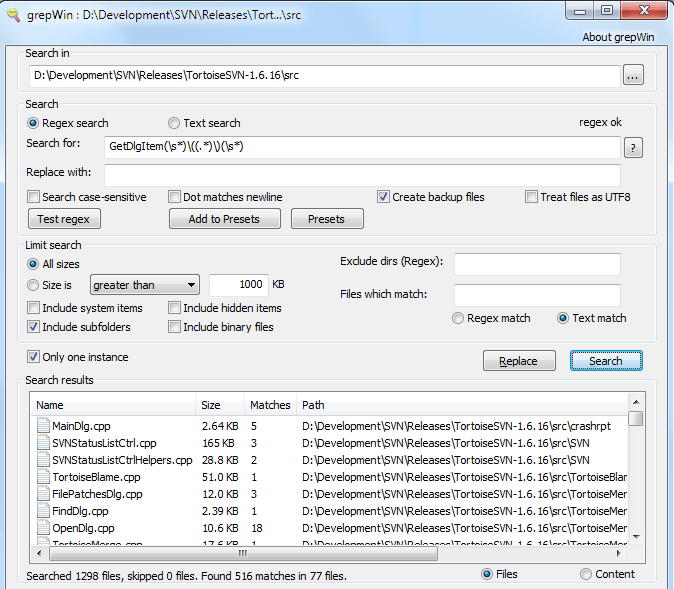
That’s all for now in Play with text in Linux:, I will follow it up with more knowledge on this topic next time. Replacing string on a specific line number :Ħ. It replaces all the occurrences of 'azmat' with 'hasan'. Replacing all the occurrence of the pattern in a line : It replaces only the first occurrence of 'azmat' with 'hasan' in each line 3. Replacing the nth occurrence of a pattern in a line : This command is usually only used in conjunction with the -n command-line option.Įxample: Consider the following text file as the input file for all cases below. P : Print out the pattern space (to the standard output). r : use extended regular expressions in the script Operations: f : add the contents of script-file to the commands to be executed e : add the script to the commands to be executed n : suppress automatic printing of pattern space It can also be used to perform complex modifications to streams of data (usually text, but it can be used also to modify binary data).

It can perform lots of operations on file like, searching, find and replace, insertion or deletion. A stream editor is used to perform basic text transformations on an input stream (a file or input from a pipeline). Synatax:Īwk options 'selection _criteria ' employee.txt It can be used as a field extractor (like cut command), a basic calculator, and as a pattern matcher (like grep command) and It allows the user to use variables, numeric functions, string functions, and logical operators. It is a very powerful interpreted programming language which is specially designed for text processing through this we can search, cut, and manipulate text. $ cut -d ' ' -f 1,2 -output-delimiter='-' employee.txt Output: noldus 5.How to modify the output delimiter Shubham 4.How to cut by complement pattern Suppose we have a file employee.txt which have some data given below: Output: kno 3.How to cut based on a delimiter output-delimiter=STRING # use STRING as the output delimiter s, -only-delimited # do not print lines not containing delimiters complement # complement the set of selected bytes, characters or fields f, -fields=LIST # select only these fields also print any line that contains no delimiter character, unless the -s option is specified d, -delimiter=DELIM # use DELIM instead of TAB for field delimiter c, -characters=LIST # select only these characters b, -bytes=LIST # select only these bytes It is necessary to specify options with a command otherwise it gives an error.Ĭut OPTION. It can also be used to cut data from file formats like CSV.īasically, the cut command slices a line and extracts the text. It can be used to cut parts of a line by byte position, character, and delimiter. The CUT command is a command-line tool for cutting data from each line of files and writing the result to standard output. Grep is a powerful file pattern searcher in Linux.

$ grep -e "grep" -e "grep" -e "grep" grepExample.txt GREP is a multi-purpose file search tool that uses Regular Expressions. Show line number while displaying the outputĢ:The grep command is used for searching the text from the file according to the regular expression.ģ:grep is a powerful file pattern searcher in Linux. Displaying the count of the number of matches Grep is a powerful file pattern searcher in Linux.Ģ.

The grep command is used for searching the text from the file according to the regular expression. o : Print only the matched parts of a matching line.Įxample: Consider the below file as an input: E: Treats pattern as an extended regular expression (ERE). e exp: Specifies expression with this option. v: Prints all the lines that do not match the pattern. n: Display the matched lines with line numbers. h: Display the matched lines, but do not display the filenames. c: Count the number of lines that match a pattern. grep is a powerful file pattern searcher in Linux. Grep is considered to be one of the most useful commands on Linux and Unix-like operating systems. By default, grep displays the matching lines. The grep stands for “global regular expression print,” processes text line by line, and prints any lines which match a specified pattern. Here are the some most important test procession tool that we will discuss in this blog In this blog, we are going to learn some most important text processing tools. Linux shell has a number of useful tools that help us do various text processing tasks. In our everyday work, we need to search text, extract parts of the text, modify the text, and sort text. Play with text in Linux: Linux is a widely-used open-source operating system that provides a large number of text processing tools.


 0 kommentar(er)
0 kommentar(er)
